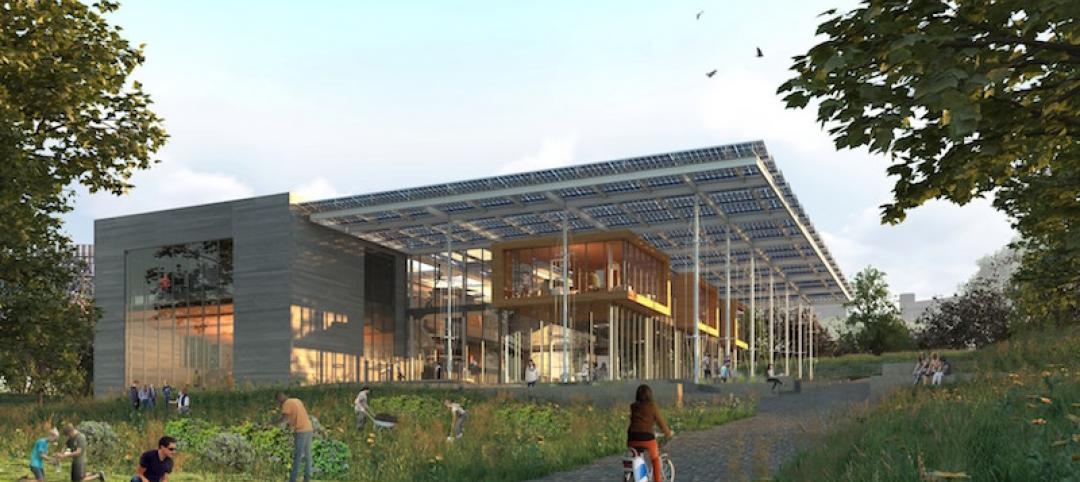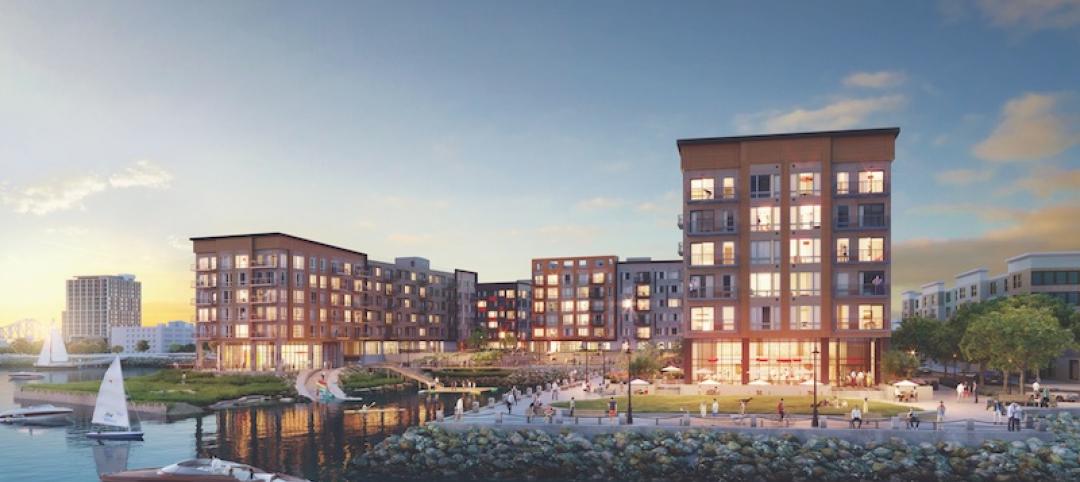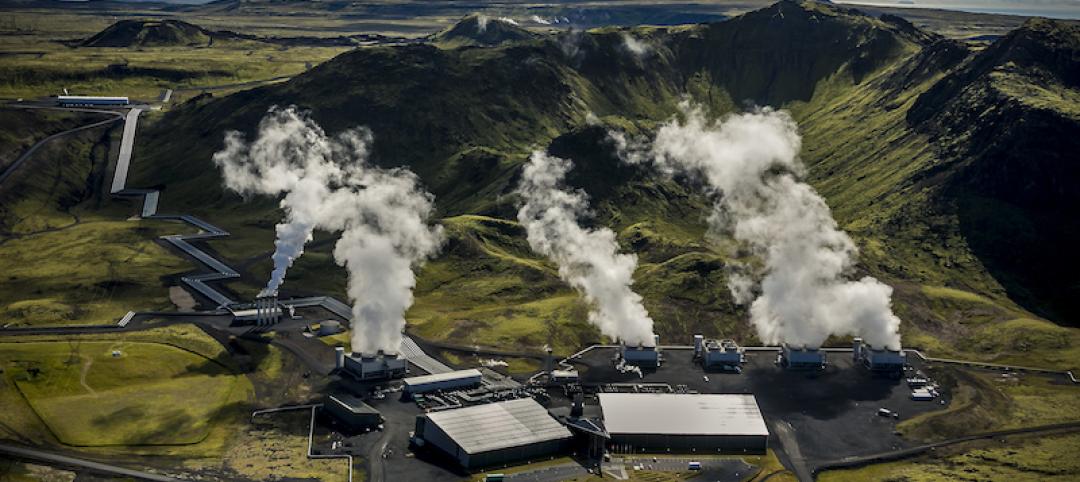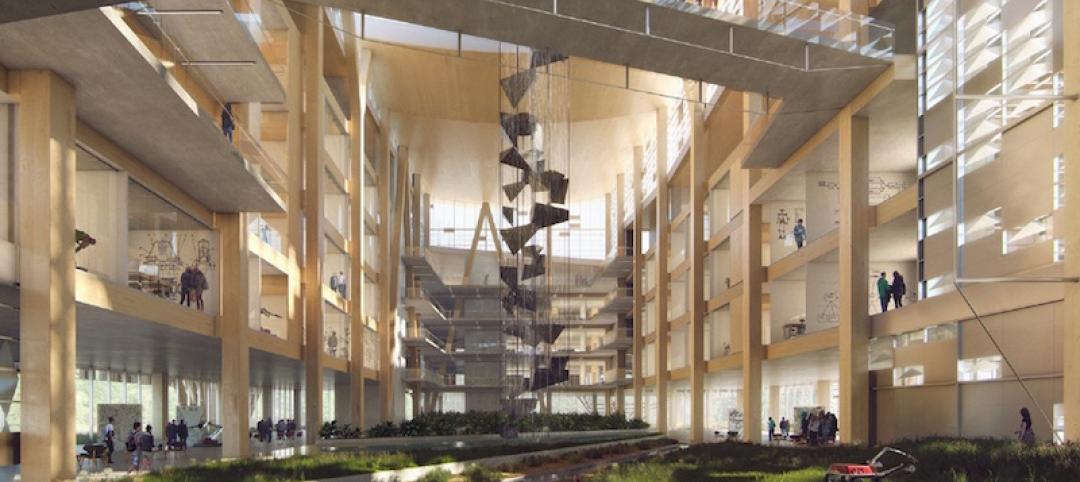The more sunlight solar panels receive, the hotter they get. The hotter they get, the more inefficient they become at converting energy into electricity. A new modular solar panel currently under development at Brunel University London solves this issue by using heat pipes to gather this excess heat and use it to produce a building’s hot water.
PVadapt aims to perfect a flexible solar powered renewable energy system that generates both heat for hot water and electricity. “With our system, there is no waste heat,” said Technical Co-ordinator, Professor Hussam Jouhara, who invented the multifunctional Flat Heat Pipe. The panels cost about $340 each and can be used in social housing, public buildings and offices, and even in developing countries and off-grid.
See Also: Certified Green Buildings may have an advantage in capital markets
The panels can be installed quickly on-site thanks to the design that allows them to clip together as a weather-tight roof. The project team describes this process as being as simple as clipping together LEGOs or laminate flooring. For a more detailed look at how the product is clipped together on-site, take a look at the diagram below.

PVadapt will soon be used in multiple pilot projects across eight buildings, both residential and commercial, in Spain, Greece, Austria, and Portugal. Horizon 2020 is funding the project.
Related Stories
Sustainability | Dec 7, 2017
Busting the myths: What the “S-word” can mean for construction and development
Sustainability, it’s a trendy term. The problem, however, is that it’s being used in so many different ways that people don’t even know what it means anymore.
Sponsored | Sustainability | Nov 2, 2017
Galileo’s Pavilion is a true showcase of sustainability
Galileo’s Pavilion is a 3,000-square-foot academic building.
Greenbuild Report | Oct 18, 2017
Rebuild, retreat, or resist
Hurricanes Harvey and Irma expose the necessity—and limitations—of resilient design and construction measures.
Sustainability | Oct 16, 2017
A negative emissions power plant is now operational in Iceland
The geothermal power plant in Hellisheidi, Iceland was outfitted with a Climeworks DAC module.
Sustainability | Oct 9, 2017
New Arizona State University building will reach triple net-zero performance
The science and research complex will include an atrium biome filled with plants and water.
Sustainability | Oct 4, 2017
The solutions to climate change are already at our fingertips
To keep global temperature rise below 2 degrees Celsius of warming, the International Energy Agency (IEA) reports that the global buildings sector will need to decrease its total annual greenhouse gas contribution by 77% by 2050.
Green | Oct 2, 2017
Five strategies to improve energy performance in existing buildings
After performing retro-commissioning and energy audits for more than five million square feet of existing building real estate, we have developed a list of common low/no-cost Energy Conservation Measures (ECMs) that are identified on the majority of projects.
Codes and Standards | Sep 12, 2017
Washington, D.C. is first LEED Platinum city in the world
All city government buildings are powered by renewables.
K-12 Schools | Aug 31, 2017
Environmental studies building highlights sustainability in every design element
The LEED Platinum and Zero Net Energy Verified building minimizes energy use via its site orientation.
Higher Education | Aug 31, 2017
Hilltop L.A. campus preserves over 90% of its 447-acre site as open space
The Los Angeles campus is being built at a site in the eastern portion of the Santa Monica Mountains.

















